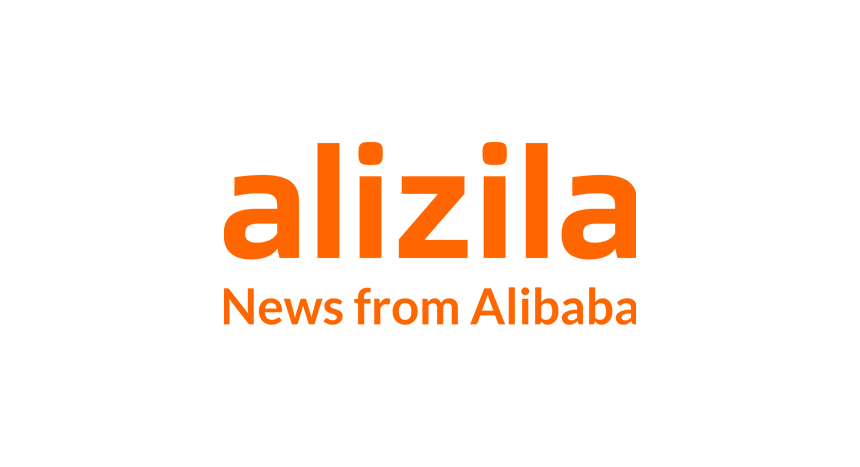


On April 26, World Intellectual Property Day for 2013 took place with a theme of ‘Creativity: The Next Generation‘. World Intellectual Property Day is a global event that occurs annually. It is aimed at increasing awareness of Intellectual Property (IP) and is a platform that celebrates the creativity of entrepreneurs around the globe.
Technology is moving at an incredible rate and the continual striving by individuals and organisations to develop the latest big invention or technology is an everyday occurrence and so it is vital to ensure that ideas, designs and products all correctly covered under Intellectual Property Laws.
For many small and medium enterprises involved in ecommerce with Intellectual Property, the biggest obstacle can be finding time and resources to become more literate with the necessary documentation, costs and laws, according to James Hardy, Head of Europe at Alibaba Inc.
What is Intellectual Property?
Many larger companies seek to get an advantage over their rivals by investing large amounts of money into innovation, research and product development and so have the ability to protect themselves. For start-ups and smaller organisations this can be increasingly difficult, especially for people who often come up with ideas to fill a gap in a market or particular niche but who may not necessarily have the knowledge of Intellectual Property.
Intellectual Property is a legal term used to represent anything that a person or party has created which contains something unique and gives the business an economic advantage over its competitors. It can be separated into two categories called Industrial Property, which contains patents, trademarks and designs. The second category consists of all forms of copyright.
In practise, protecting designs and product and creating the brand would logistically be the first steps taken for any organisation. Consequently, however, many people invest a lot of money into developing a working prototype and testing their products or ideas ready for market, which can leave an idea open to being copied if such commercially sensitive information gets out somehow.
Take a fast-paced industry, such as mobile phones, as an example. The latest technologies allow users to access information at the touch of a button, or even by voice control, something that could only have been dreamt of back in 1973 when the first mobile telephone call was made from Motorola. But if a new technology was found tomorrow that would alter the telecommunications landscape again, then it should be immediately protected to stop rivals from stealing the idea as their own.
Types of Intellectual Property
There are four different kinds of Intellectual Property that small and medium enterprises need to be aware of when looking to protect their items.
A patent generally covers all new technologies or processes that affect the way something works. In this instance, say someone found a way of perfecting a time-travel machine that could be used for everyday use, if patented that product could not be copied or stolen to create another time-travel machine without prior permission from the patent owner.
Trademarks refer to the brands or names that a company operates under usually in the form of a logo. There are specific rules relating to the form a trademark should take but it distinguishes one brand from another. Trademarks vary from country to country and so it is worth fully investigating this for any new venture or business.
Design intellectual property relates to the way something appeals or looks. According to the U.K. Intellectual Property Office, the legal definition is: “the appearance of the whole or part of a product resulting from the features of, in particular, the lines, contours, colours, shape, texture or materials of the product or ornamentation.”
Copyright consists more of artistic work like novels, poems, plays, films, music, drawings, paintings and photographs, all of which cannot be used, amended or copied without prior consent from the individual or organisation holding copyright.
Celebrating Innovation and Changing Intellectual Property
Every year World Intellectual Property Day has a theme but the general aim of the event is always the same:
√¢—¬è Educate on how various aspects of protecting Intellectual Property such as patents, copyright and trademarks affect daily life
√¢—¬è Show how protecting Intellectual Property helps to promote rather than stunt innovation
√¢—¬è Celebrate the creativity of innovators around the World
√¢—¬è Develop respect for the Intellectual Property rights of other entrepreneurs
Francis Gurry, the director general of the World Intellectual Property Organisation, said in a statement that: “Young people have the capacity to dream in a way that far surpasses the capacity of older people. They are the future. So my message to the next generation on World IP Day is keep creating, keep innovating. And keep thinking about how Intellectual Property should fulfil its role in the future social management of creativity and innovation.”
Until recently organisations in Britain had to apply to the Intellectual Property Office or European Patent Office to protect their ideas across Europe but in February, they and 23 other Member Nations including Ireland, signed a ground-breaking agreement that would see a single-patent system in place called the Unified Patent Court.
This will allow innovators and young people to protect their ideas through one court across Europe than having to see their ideas validated in each member state increasing costs in translation and administration.
This post was was written by Mark Fullilove on behalf of eSeller Media, a website dedicated to helping businesses sell more online.





